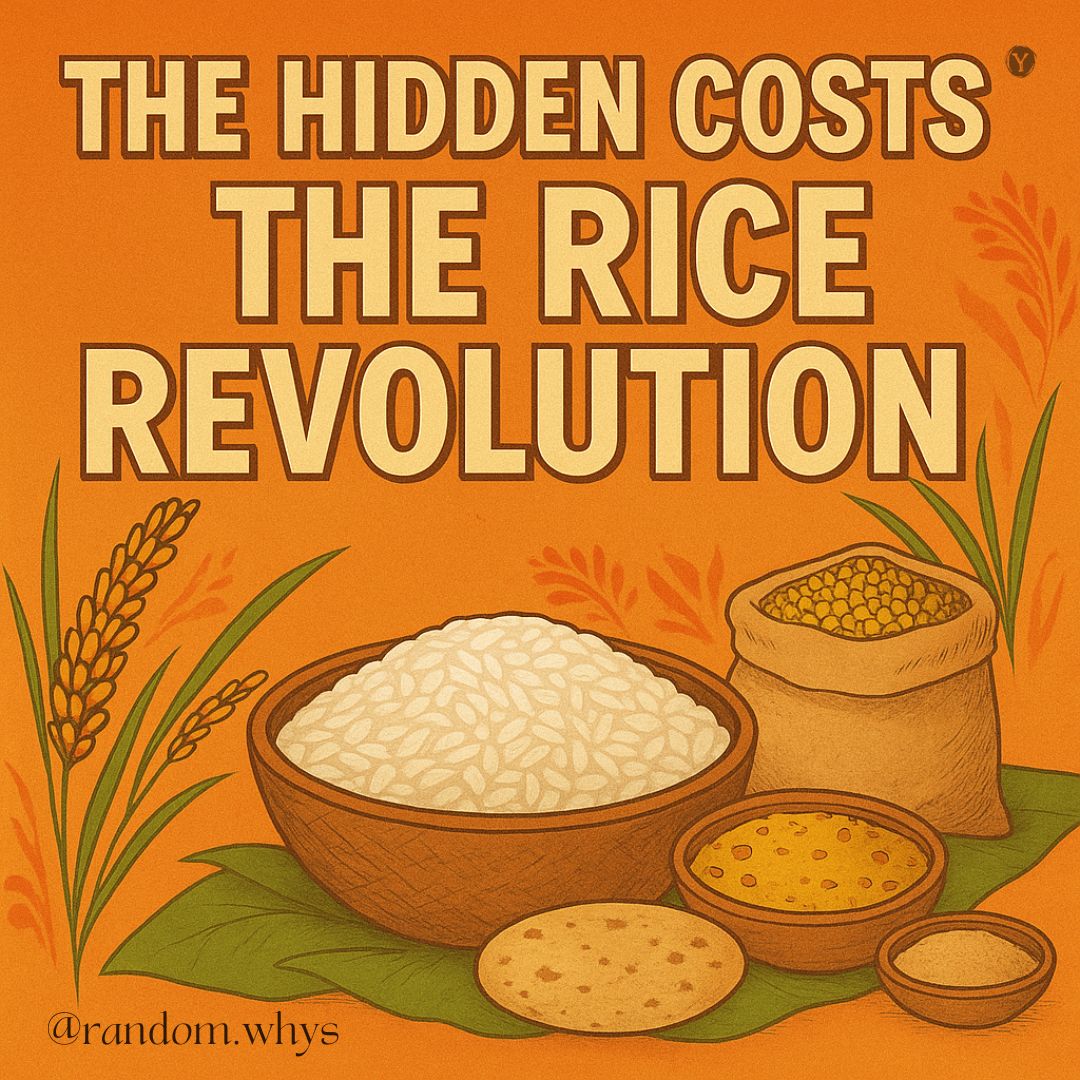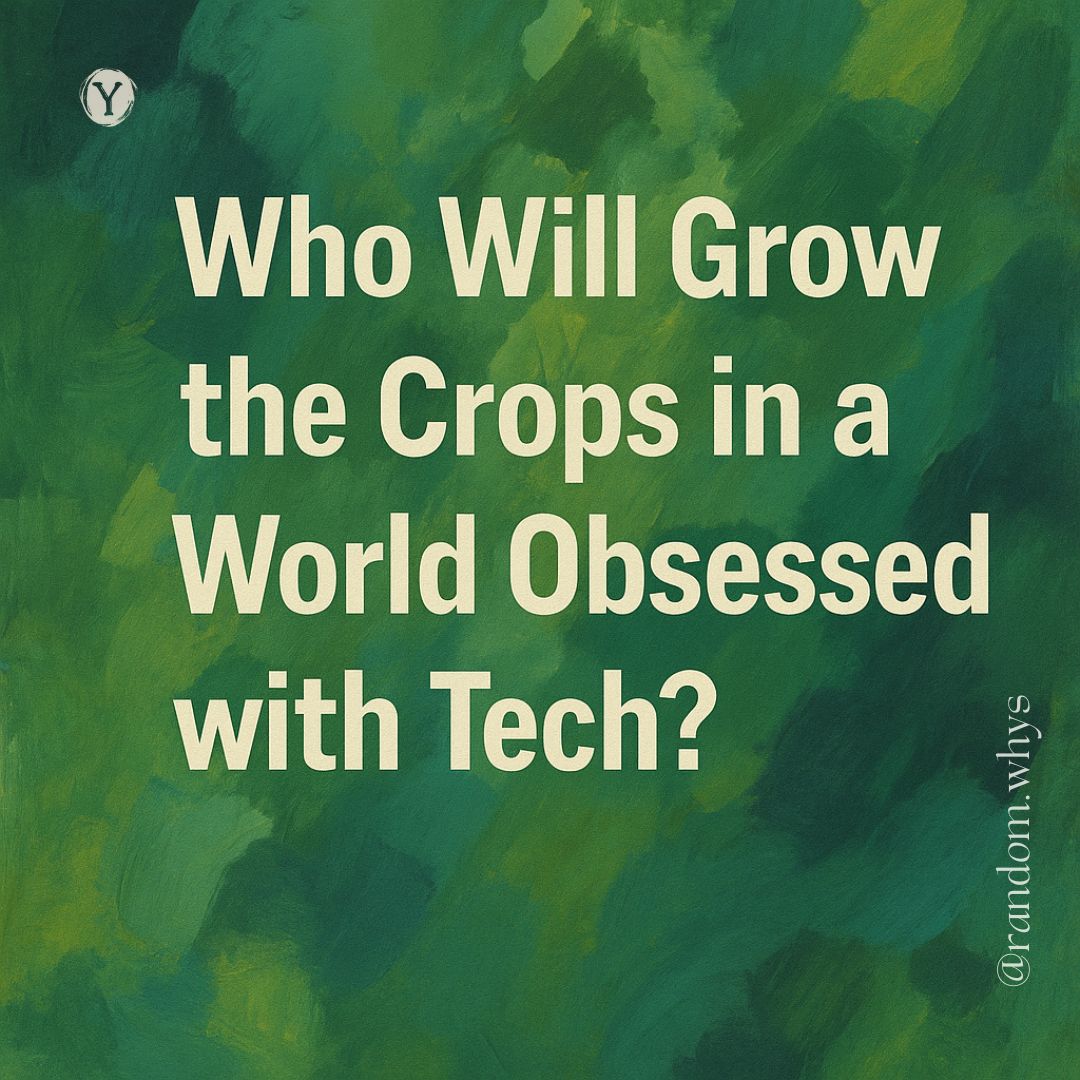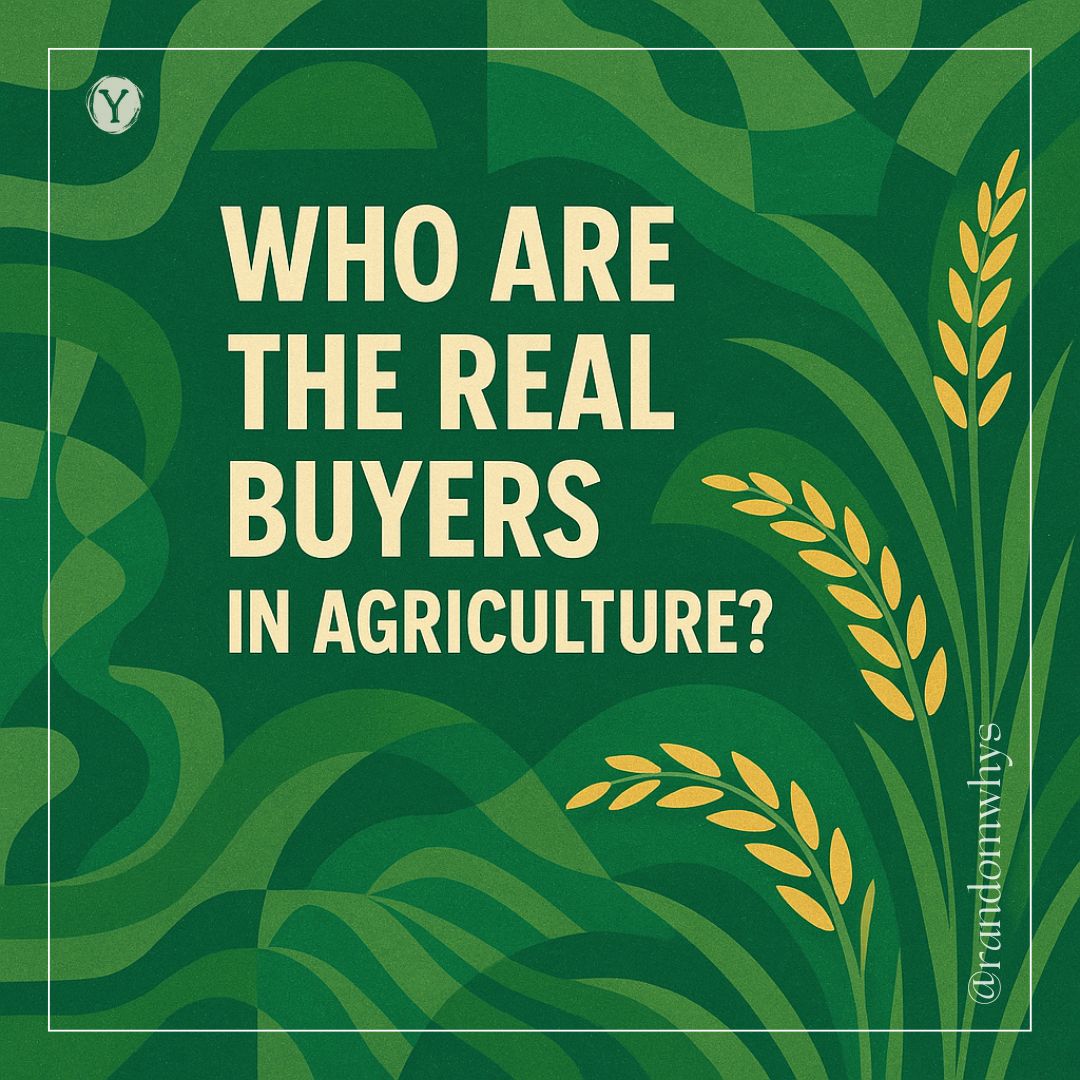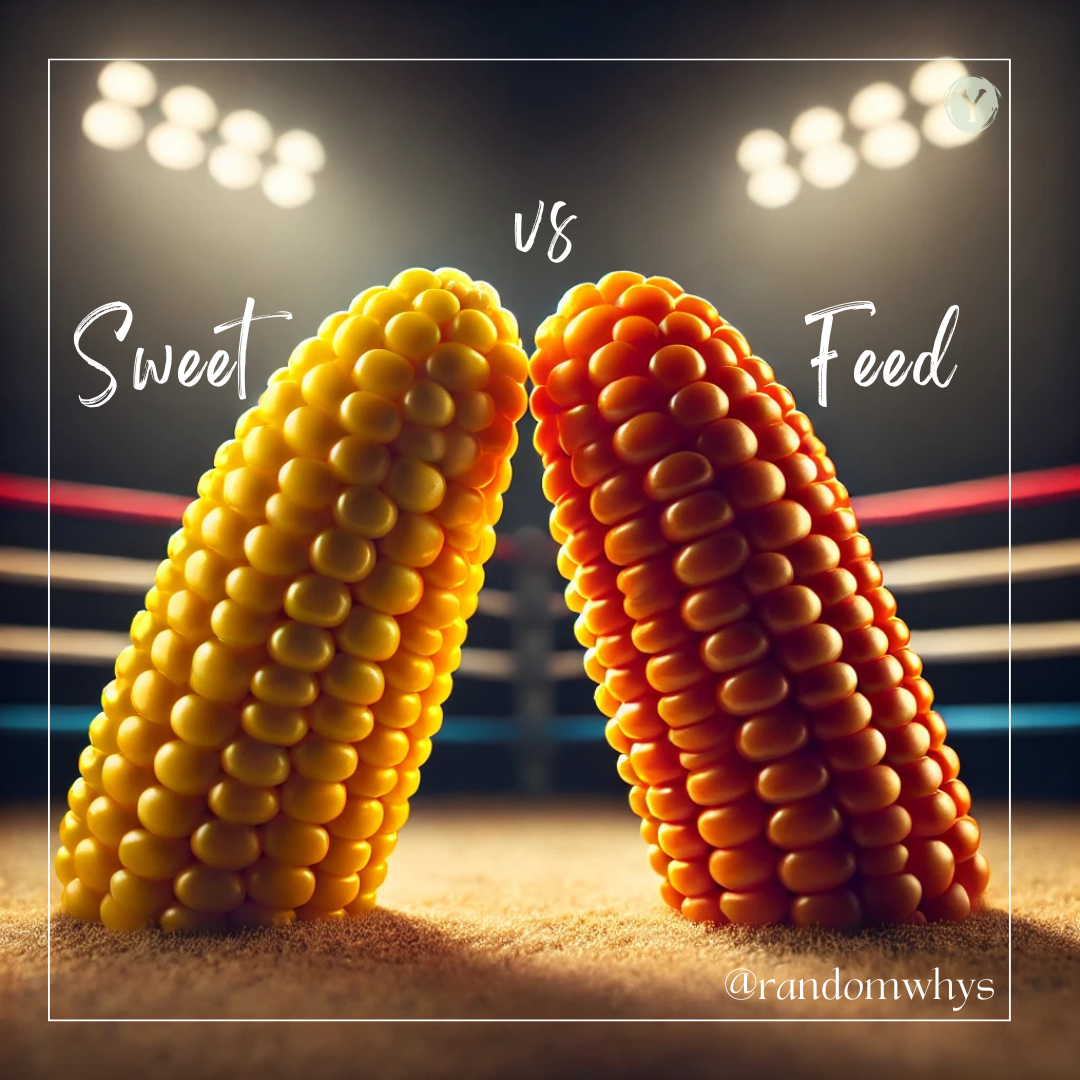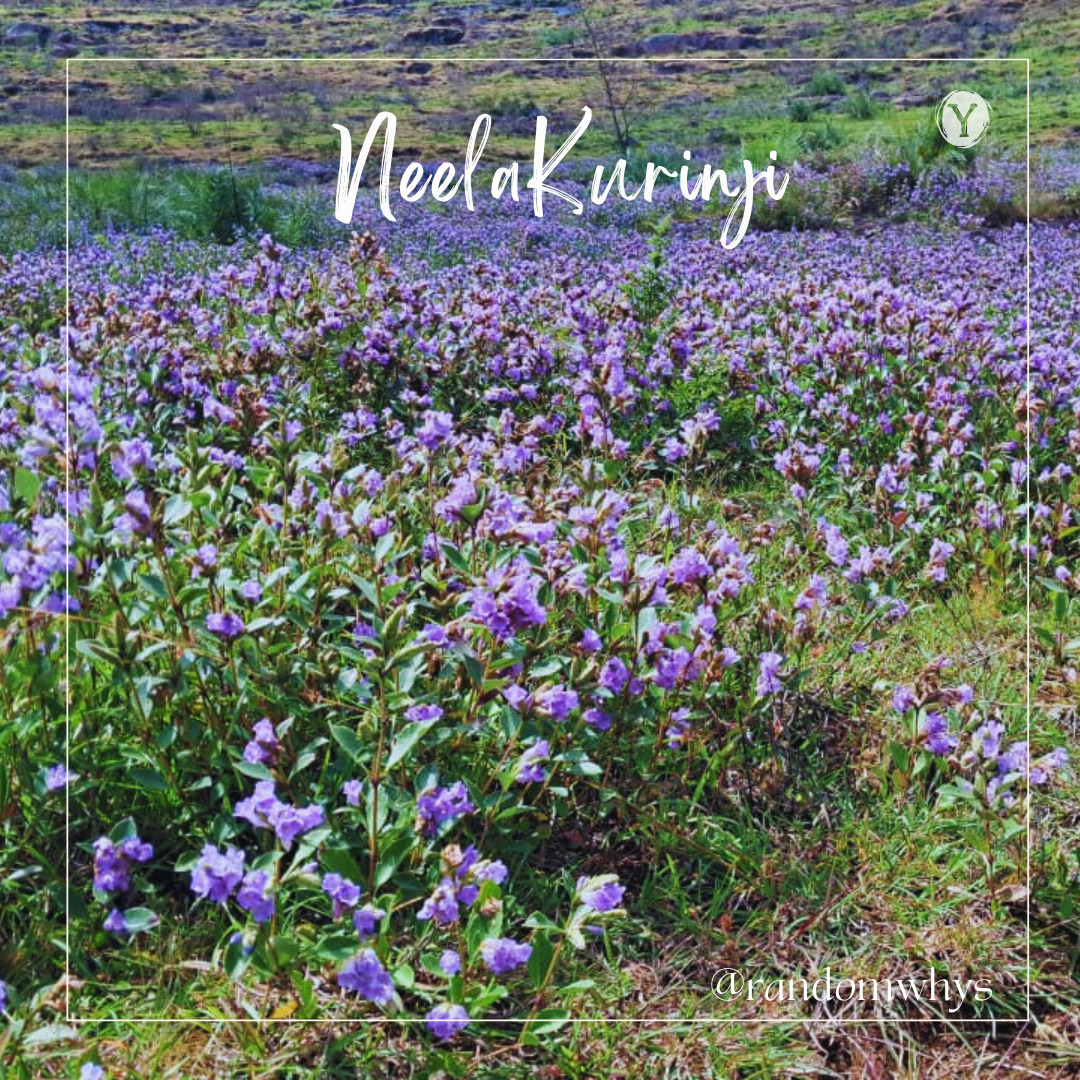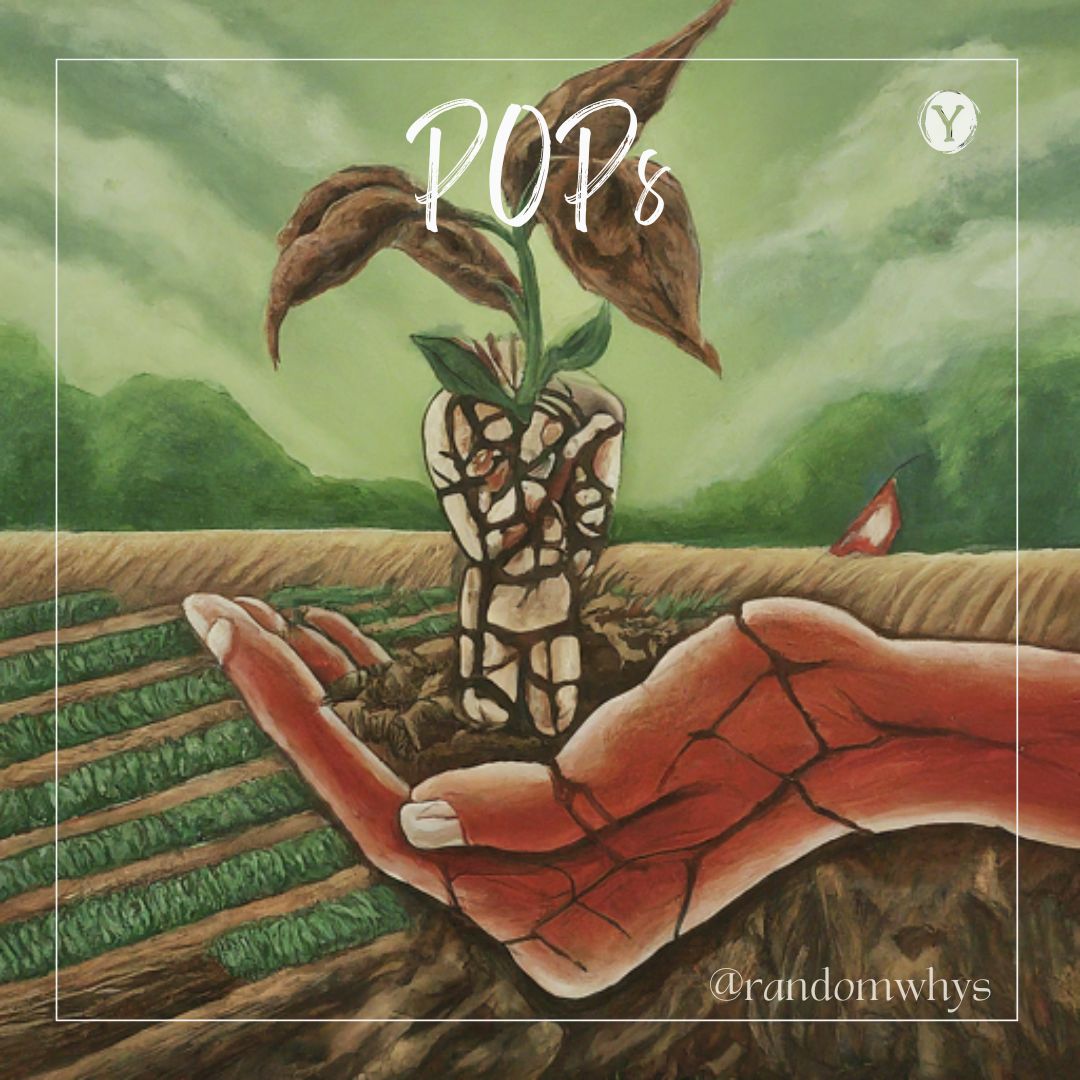7–10 minutes
With the recent technologies and innovations in our modern world, there are some drawbacks that lie beneath the surface. One such issue is called as Persistent Organic Pollutants (POPs). It is a group of toxic chemicals that pose a risk to human health and the environment. These substances stay in the environment for long periods, travel long distances through air and water, and even bioaccumulate in living organisms. Indeed, they provide benefits in agriculture and industry, but now they have emerged as formidable challenges to human health, the environment, and the sustainability of our food systems.
Persistent Organic Pollutants (POPs)
POPs are organic compounds that include a wide range of industrial chemicals, pesticides, and the byproducts of industrial processes and combustion. There are 12 initial POPs mentioned in the Stockholm convention under the major three categories. Pesticides (aldrin, DDT, etc.), industrial chemicals (hexachlorobenzene), and by-products (PCDD, PCDF, and PCBs) are mentioned in the convention. These compounds resist environmental degradation through chemical, biological, and photolytic processes. POPs have contaminated every environmental part, including air, water, and soil, even in remote areas like the Arctic and Antarctic regions.
Given the widespread use and persistence of POPs, international efforts have been made to identify and regulate the most harmful among them, known as the ‘Dirty Dozen’.
Dirty Dozen
It is a term used to describe the twelve harmful POPs identified by the Stockholm Convention. It is an international treaty aimed at restricting and eliminating the production and use of these chemicals. The Dirty Dozen includes aldrin, chlordane, DDT, dieldrin, endrin, heptachlor, hexachlorobenzene, mirex, polychlorinated biphenyls (PCBs), toxaphene, dioxins, and furans. There is a list of fruits and vegetables that are high in residues that is updated every year. Some of them include blueberries, apples, strawberries, and more. Check it out.
Environmental Impact of POPs
Soil Contamination
POPs can remain in the soil for decades and affect the soil microbial communities. They are crucial for plant growth, which leads to reduced production. For example, DDT is banned, yet it is found in soil today. Furthermore, this affects soil health.
Water Pollution
POPs accumulate in water bodies, posing a risk to the organisms in the aquatic system. Some studies show that PCBs and dioxins cause deformities and reproductive issues in fish and other organisms. It can also contaminate drinking water sources, thereby affecting human health.
Air Pollution
POPs can travel long distances with the help of the atmosphere. It can settle from the air onto the land and water, leading to widespread contamination.
Wildlife
POPs are highly toxic. They can accumulate in the fatty tissues of living organisms, and their concentration gets increased as they move up the food chain. This leads to greater levels due to biomagnification. Research has shown that levels of POPs can be up to 10 times higher in top predators like polar bears compared to their prey species, demonstrating the process of biomagnification along the food chain.
Climate change
The relationship between POPs and climate change is a complex and concerning one. The rise in temperature is causing the glaciers to melt. These can release the trapped POPs, exacerbating the environment and health.
Gender-Specific Impact of POPs
POPs have specific impacts on women and their children, especially in developing countries. POPs interfere with the hormonal system, leading to reproductive health issues. Studies show that women are associated with infertility, miscarriages, and adverse birth outcomes. Along with that, a few more research findings say that women in high exposure areas have POP concentrations in their breast milk. It is ten times higher than those in low exposure areas. One more study found that women exposed to POPs have a higher risk of developing breast cancer.
POPs affect men’s reproductive health as well. It disrupts their hormonal balance, leading to reduced testosterone levels.
Impact on Farmers
Farmers are often directly exposed to pesticides containing POPs. Studies show that farmers exposed to high levels of dioxins and PCBs are at greater risk of developing cancer.
Moreover, contaminated soils can reduce crop yield and productivity. Research findings say that POP contamination led to a 15 percent reduction in crop yields, affecting the farmer’s livelihood.
Farmers’ Dilemma
Now, let’s look at it from the farmer’s lens. The use of fertilizer and pesticides has been a long-standing practice for protecting crops from pests and diseases. This also ensures good production and productivity. This also helps them produce the crops at a commercial level across a vast area. However, with respect to environmental concerns, the transition to organic farming requires several years. They have to rely on natural fertilizers and biological pest controls, composts, crop rotation, and the use of organic matter. This phase is called the organic transition period, which is time consuming and costly.
This takes around three to five years, often leading to poor crop yields and financial problems for the farmers. It becomes troublesome for marginal and small farmers in developing countries like India who are operating on thin margins. They find themselves in a difficult position, balancing the immediate economic demands with long-term sustainable practices. Limited training, a knowledge gap, and organic inputs further exacerbate these challenges.
Bridging the Gap Between Conventional and Organic Farming
Achieving a sustainable balance between feeding the growing global population and shifting towards organic farming practices is a complex challenge. The global population is expected to reach 9.7 billion by 2050. This seems to be a challenge, especially while considering the transition. Organic farming includes the benefits of environmental protection, healthy produce, good soil health, microbial conditions, and better biodiversity. However, shifting to organic farming poses’ greater hurdles. This includes lower initial yields, lack of knowledge, financial instability, input costs, and time consumption.
Can organic farming feed the world?
Despite these challenges, certain studies suggest that organic farming can contribute to global sustainability. However, there are several factors that need to be addressed.
Yield Improvement
A yield gap study found that organic farming yield is 18.4% lower than that of conventional farming. This gap can be minimized with improved organic techniques. Apart from that, techniques such as green manure, crop rotation, and composting can improve soil fertility and structure, leading to better yields in the long run.
Research and Development
Investing more in the research and development of organic farming techniques that can help farmers increase yields. Developing crop varieties that are more resilient to pests and diseases. Exploring more bio-based pesticides, focusing on precision agriculture technologies, and finding cost-effective alternatives to POPs are also crucial.
Training and knowledge sharing
Training programs and knowledge sharing initiatives can be taken to equip farmers with the necessary skills. The process, organic certification steps, etc. should be prioritized. This can also help them understand the long-term benefits of sustainability.
Market Development
Strengthening the local and regional markets for organic produce and ensuring that small and marginal farmers receive fair prices for their products. Certification schemes, fair trade, and consumer awareness campaigns can help build a market for organic goods.
Public Awareness
Raising awareness among consumers about the risks of POPs and also the benefits of organic farming. This can drive consumer demand for safer and more environmentally conscious food products.
In conclusion, addressing the challenge of POPs requires a multi-faceted approach involving regulation, education, and innovation. This involves efforts from international organizations, the government, researchers, farmers, and even consumers. To feed the growing population while mitigating the impacts of POPs and climate change, it is imperative that we prioritize long-term sustainability over short term gains. Through concerted efforts, we can create a future where agriculture is both productive and sustainable, ensuring food security and environmental protection for generations to come.
Cheers!
Check out the other posts of Agriculture
Follow on IG & X for more!
If you like what you see and wish to support my work, then
Share your thoughts/suggestion at the comment section or mail at
randomwhyss[@]gmail[dot]com
Don’t miss out! Get notified about new blog posts straight to your inbox !
(No spam, pinky promise!)
Enter your mail to receive updates
Reference
- Agency for Toxic Substances and Disease Registry (ATSDR). (n.d.). Persistent Organic Pollutants (POPs). Retrieved from https://www.atsdr.cdc.gov/pfas/resources/fact_sheets.html
- Cohn, B. A., Wolff, M. S., Cirillo, P. M., & Sholtz, R. I. (2007). DDT and breast cancer in young women: new data on the significance of age at exposure. Environmental Health Perspectives, 115(10), 1406-1414. https://doi.org/10.1289/ehp.10260
- Dietz, R., Riget, F. F., Sonne, C., Letcher, R. J., Born, E. W., & Muir, D. C. (2004). Levels and effects of persistent organic pollutants in the Arctic environment. Science of the Total Environment, 323(1-3), 155-176. https://doi.org/10.1016/j.scitotenv.2003.10.032
- Hickey, J. J., & Anderson, D. W. (1968). Chlorinated hydrocarbons and eggshell changes in raptorial and fish-eating birds. Science, 162(3850), 271-273. https://doi.org/10.1126/science.162.3850.271
- International POPs Elimination Network. (n.d.). Retrieved from https://ipen.org/
- Ponisio, L. C., M’Gonigle, L. K., Mace, K. C., Palomino, J., Valpine, P. de, & Kremen, C. (2015). Diversification practices reduce organic to conventional yield gap. Proceedings of the Royal Society B: Biological Sciences, 282(1799), 20141396. https://doi.org/10.1098/rspb.2014.1396
- Stockholm Convention on Persistent Organic Pollutants. (n.d.). Retrieved from http://chm.pops.int/Home/tabid/2121/Default.aspx
- Tsukimori, K., Tokunaga, S., Shibata, S., Uchi, H., Nakayama, D., Ishimaru, T., … & Fukushima, M. (2008). Long-term effects of polychlorinated biphenyls and dioxins on pregnancy outcomes in women. Environmental Health Perspectives, 116(5), 737-742. https://doi.org/10.1289/ehp.10714
- United Nations Environment Programme (UNEP). (n.d.). Persistent Organic Pollutants. Retrieved from https://www.unep.org/resources/factsheet/persistent-organic-pollutants-pops
- US Environmental Protection Agency (EPA). (n.d.). Persistent Organic Pollutants: A Global Issue, A Global Response. Retrieved from https://www.epa.gov/international-cooperation/persistent-organic-pollutants-global-issue-global-response
- Wang, X., Wang, C., Zhu, T., Gong, P., Fu, J., & Cong, Z. (2019). Persistent organic pollutants in the polar regions and the Tibetan Plateau: A review of current knowledge and future prospects. Environmental Pollution, 248, 191-208. https://doi.org/10.1016/j.envpol.2019.01.093
- World Bank. (2018). Food Loss and Waste: Addressing the Critical Issues. Retrieved from https://www.worldbank.org/en/topic/agriculture/brief/food-loss-and-waste
- World Health Organization (WHO). (n.d.). Dioxins and their effects on human health. Retrieved from https://www.who.int/news-room/fact-sheets/detail/dioxins-and-their-effects-on-human-health
turtles all the way down!
Sunandhini R


